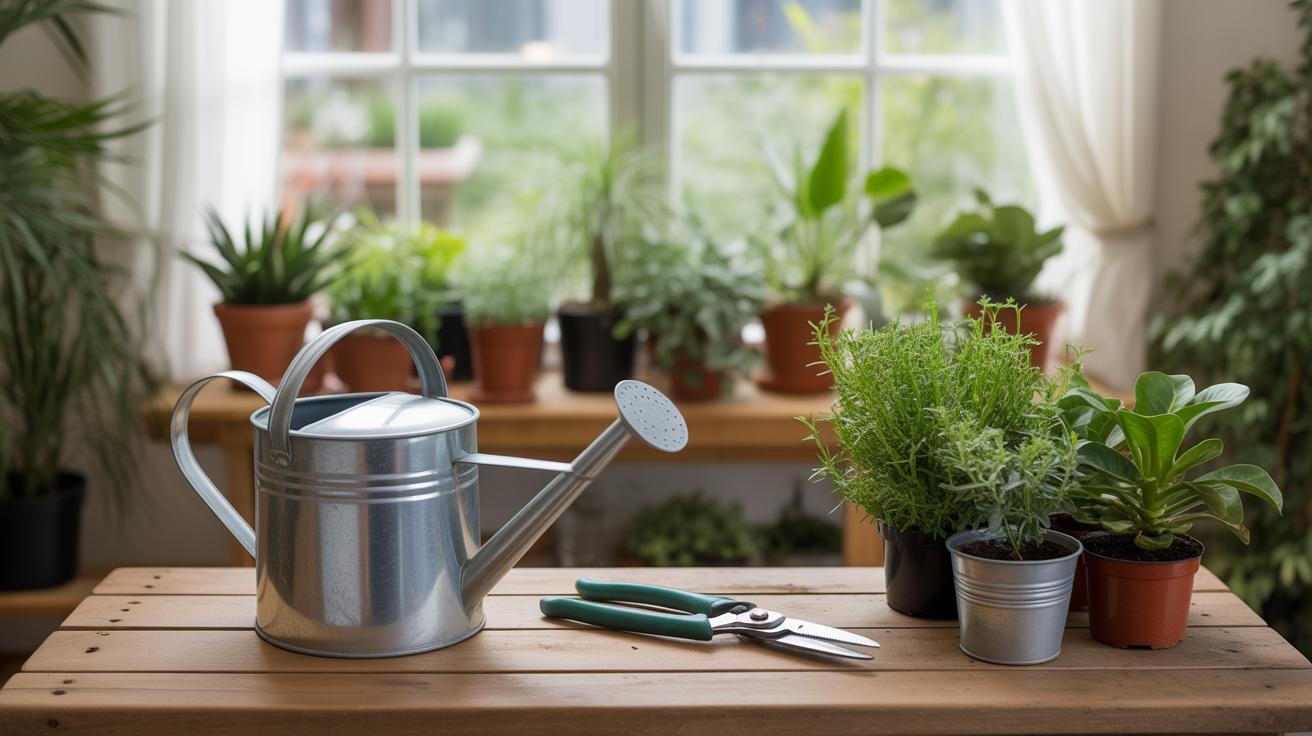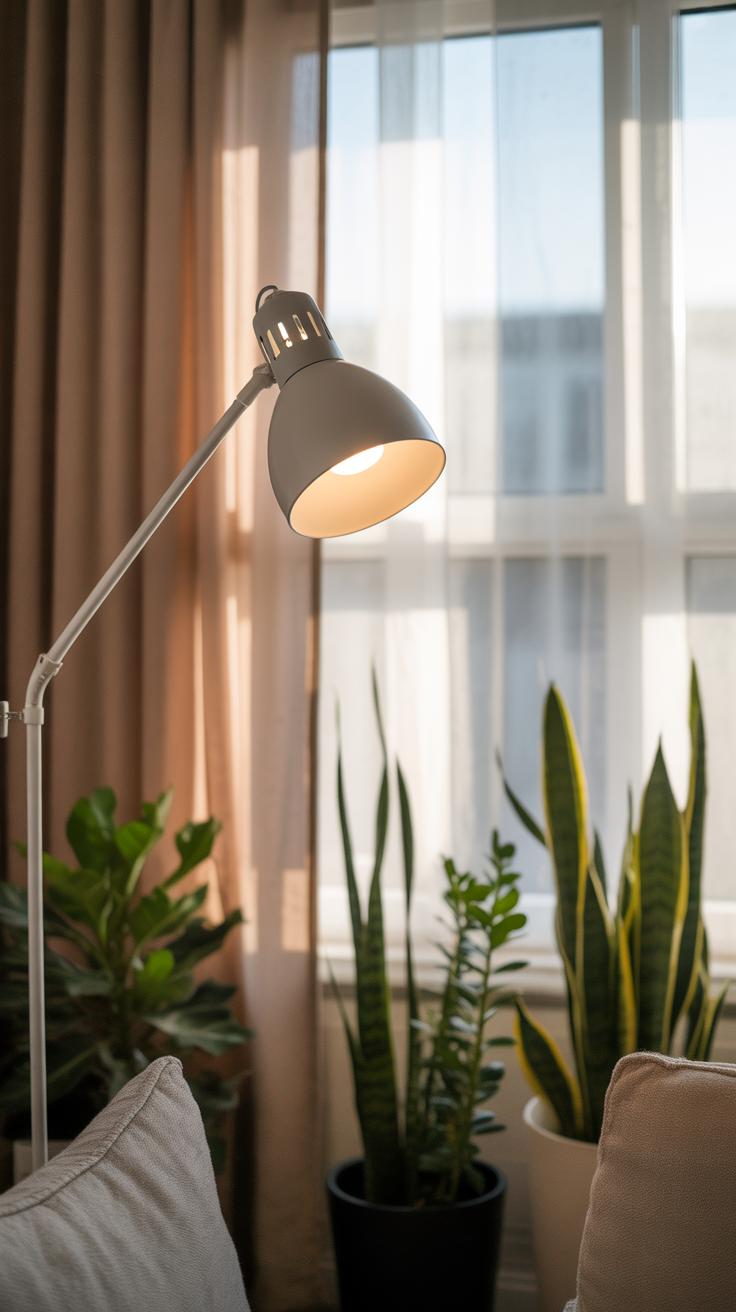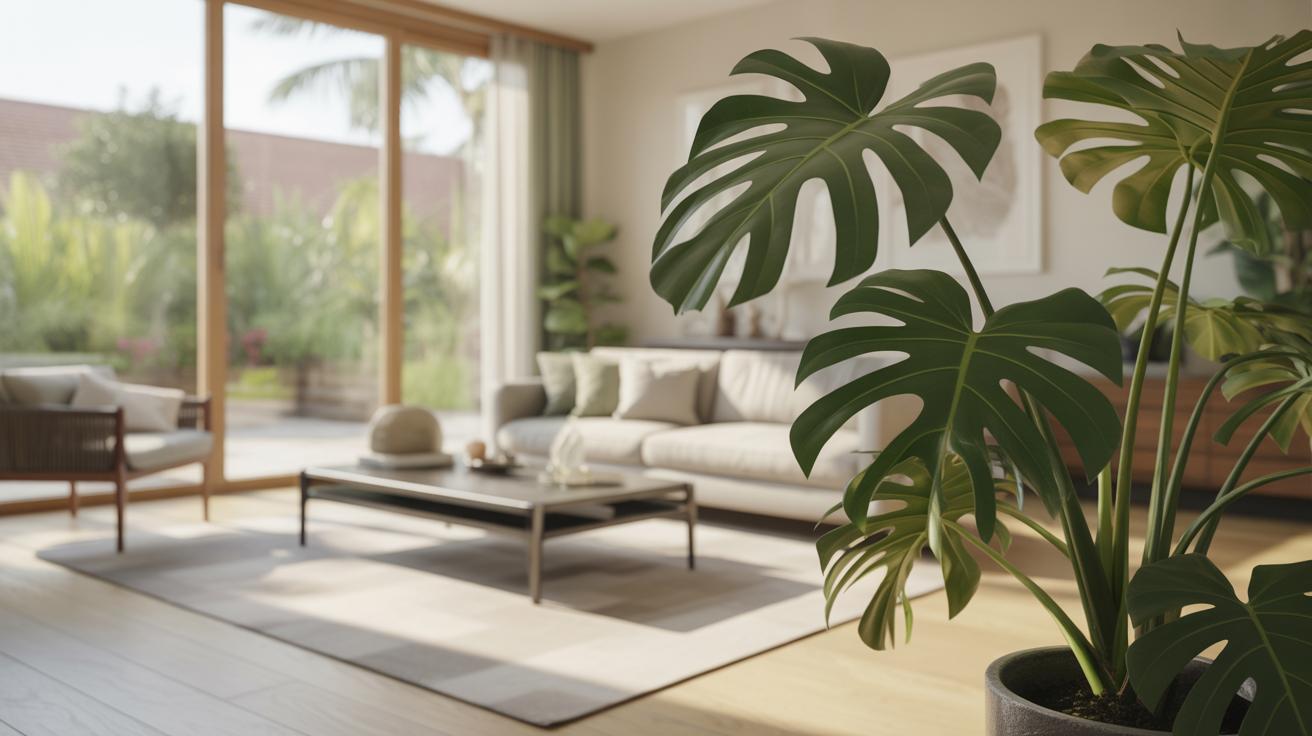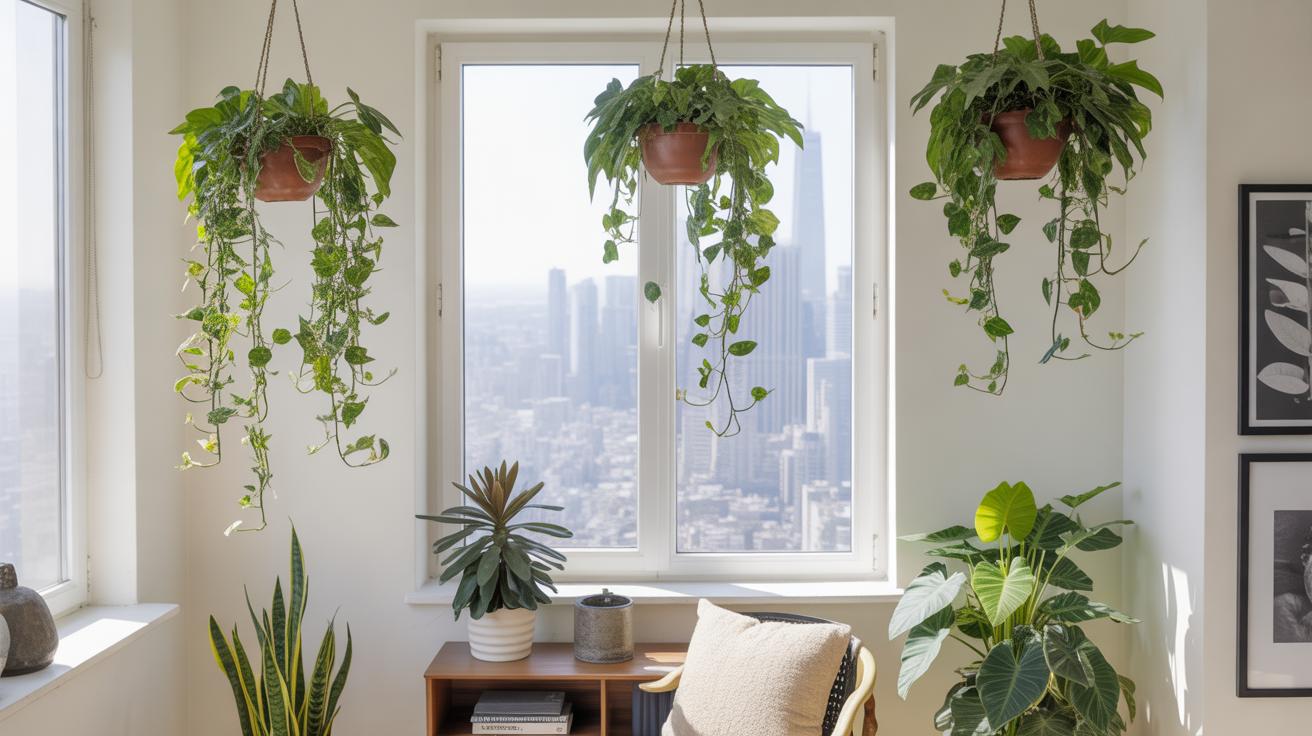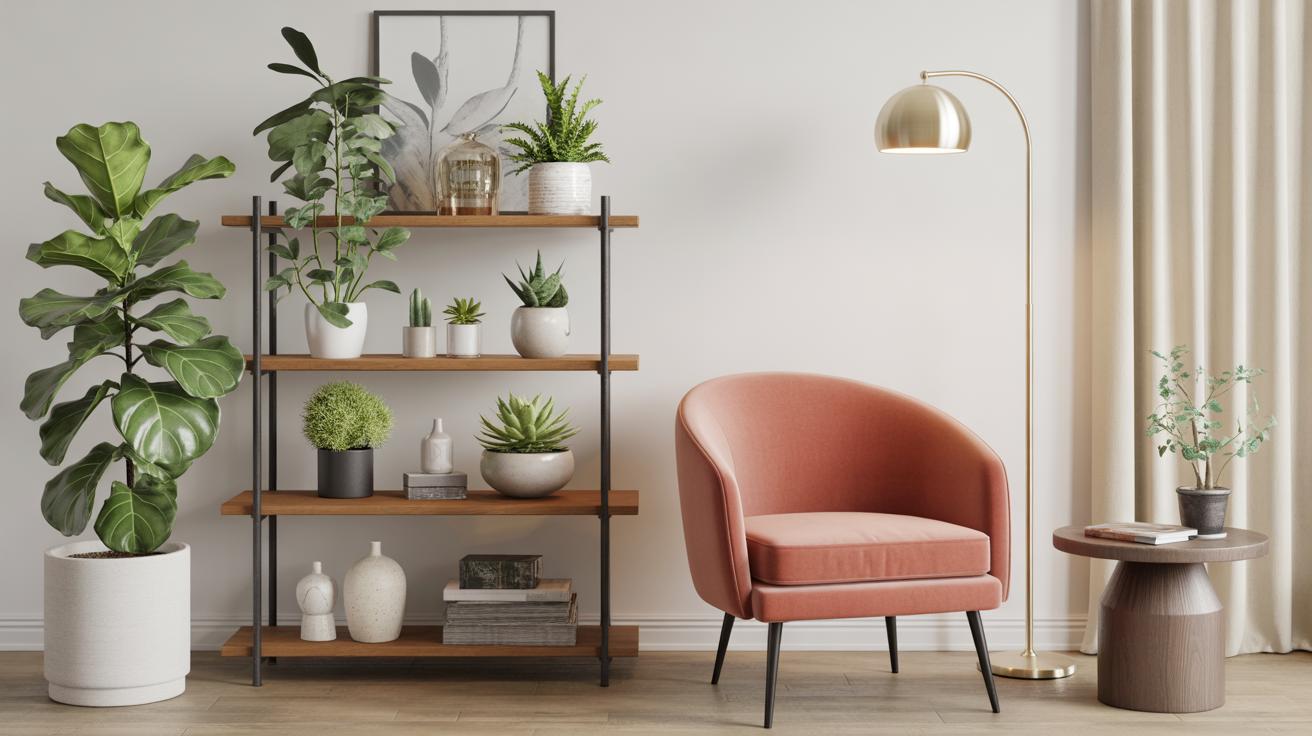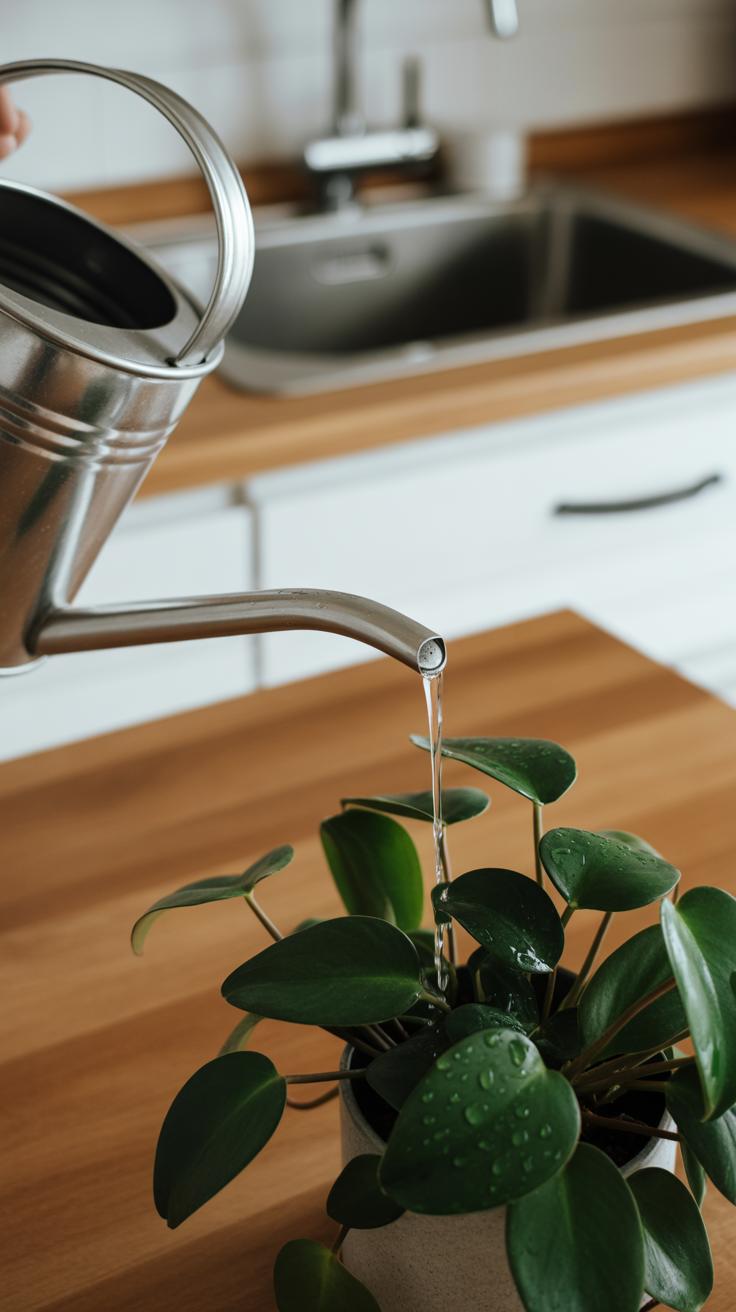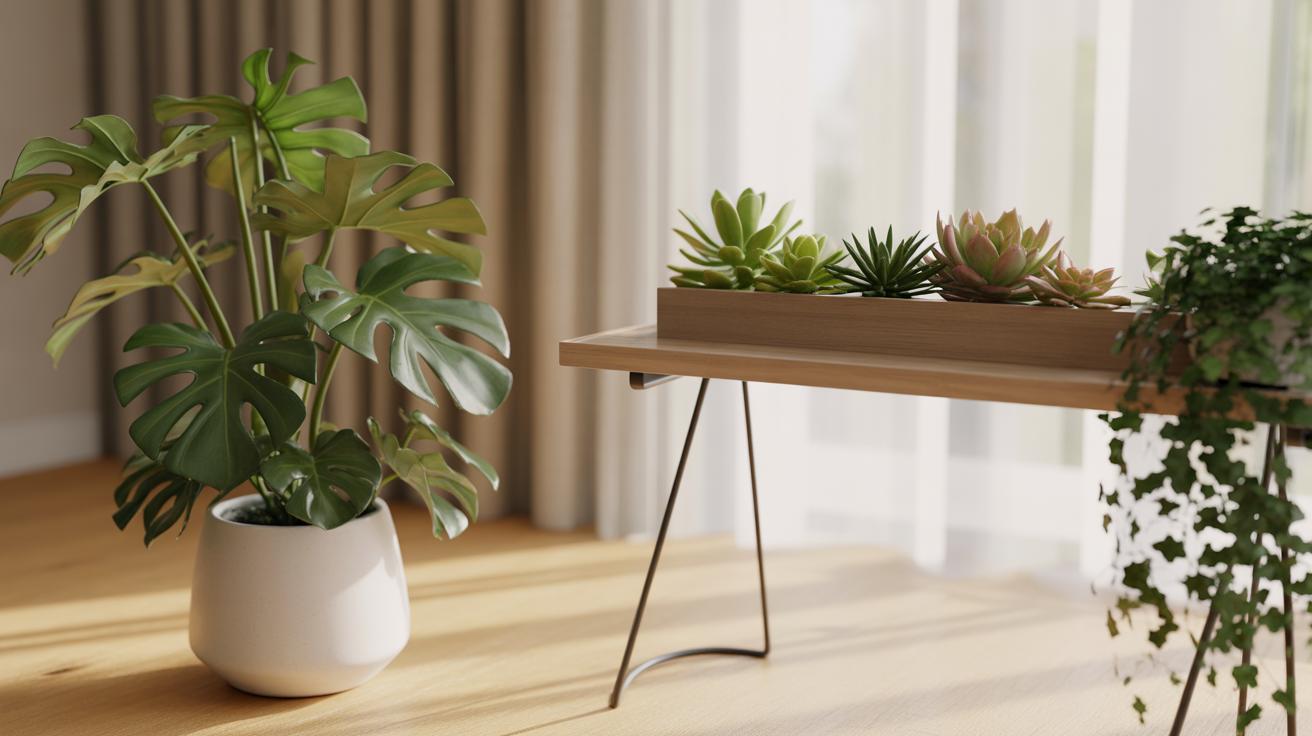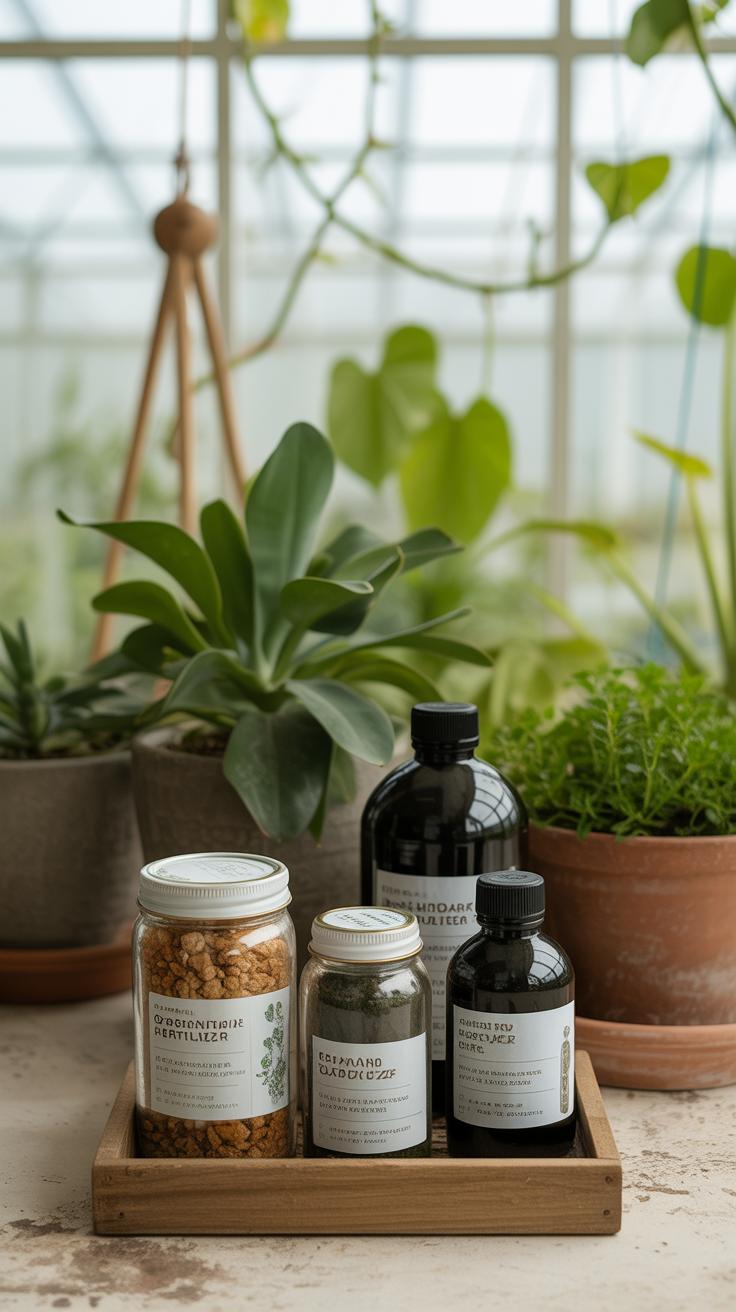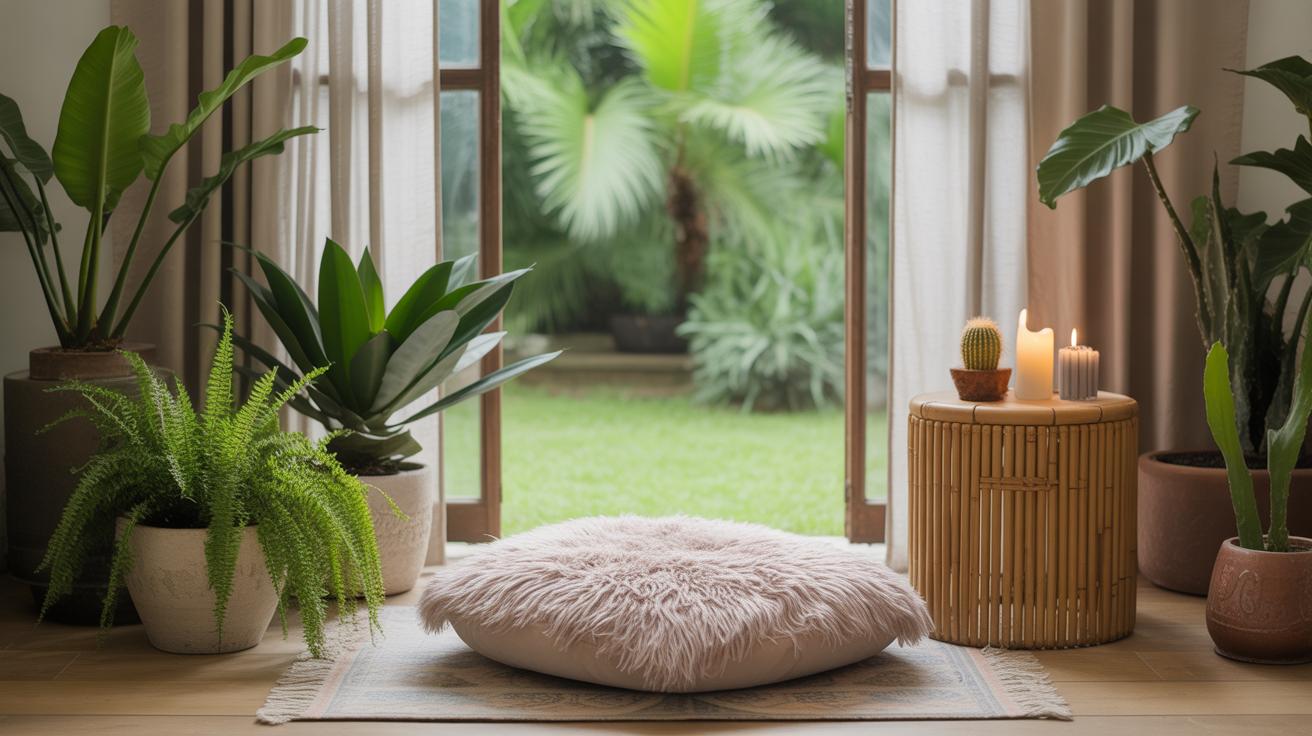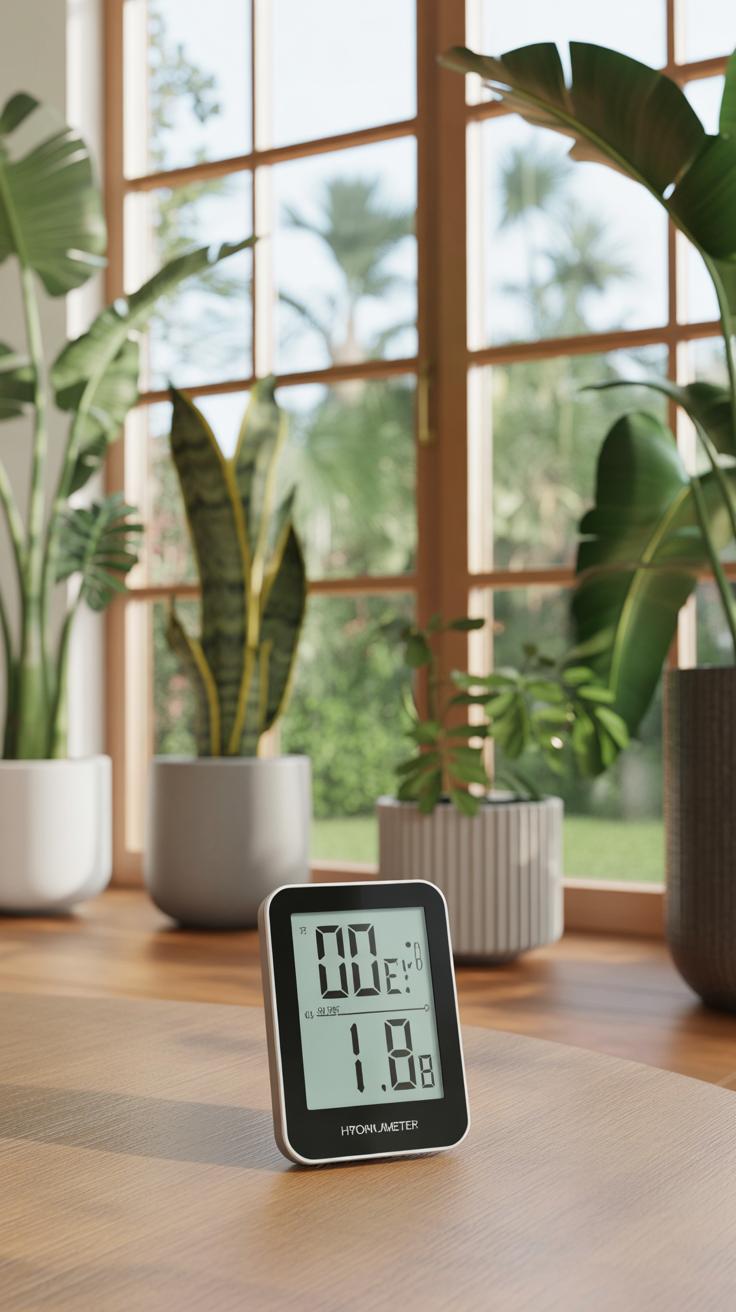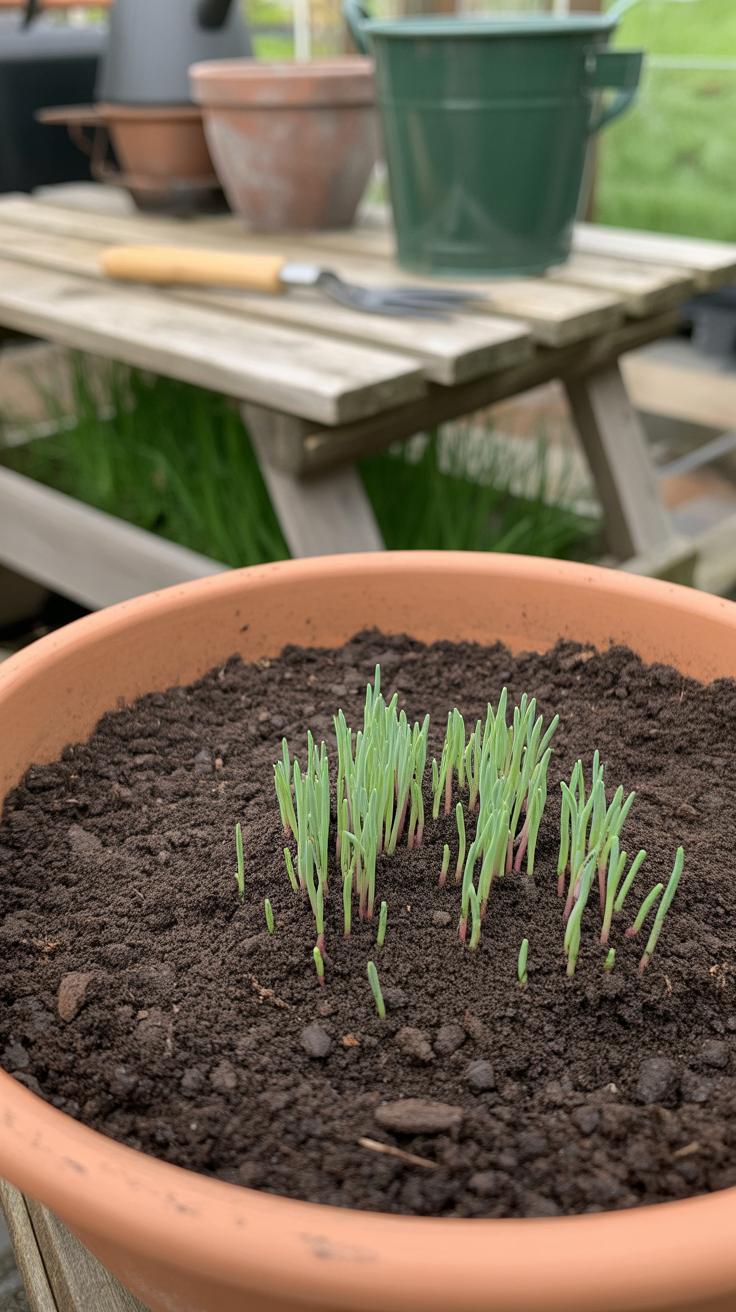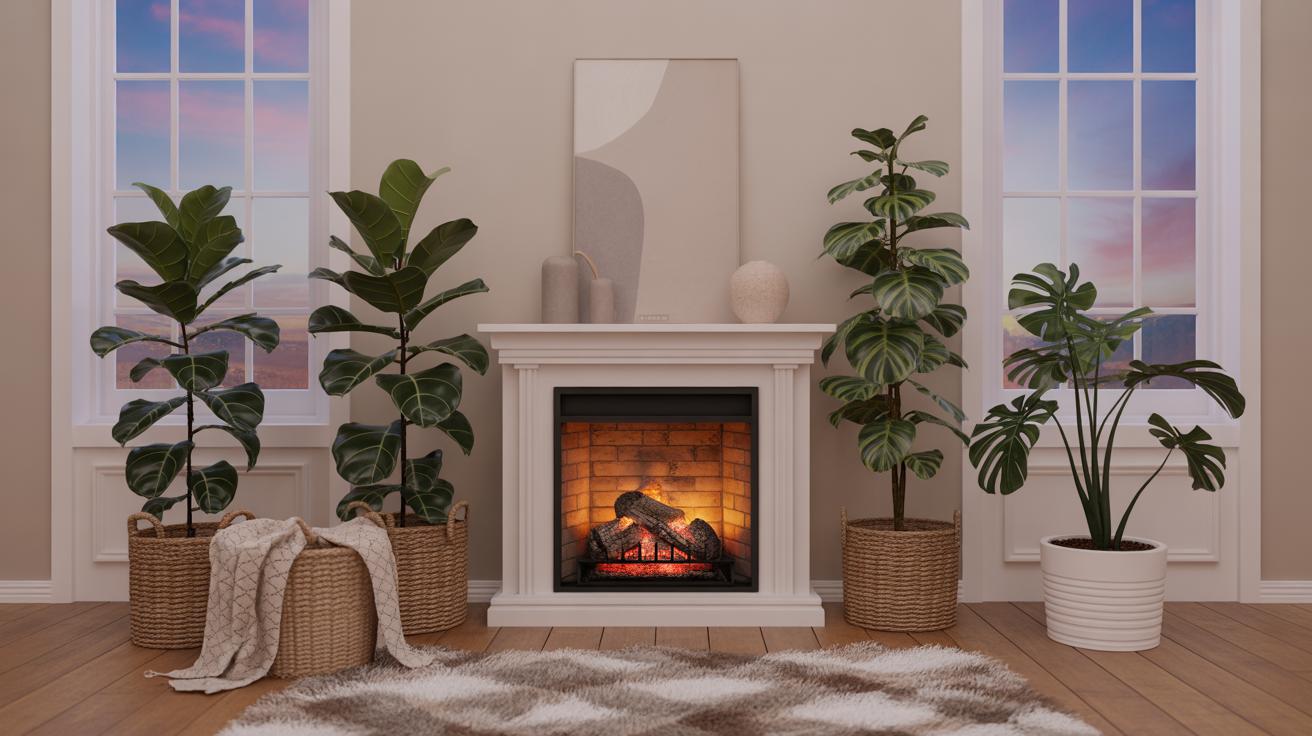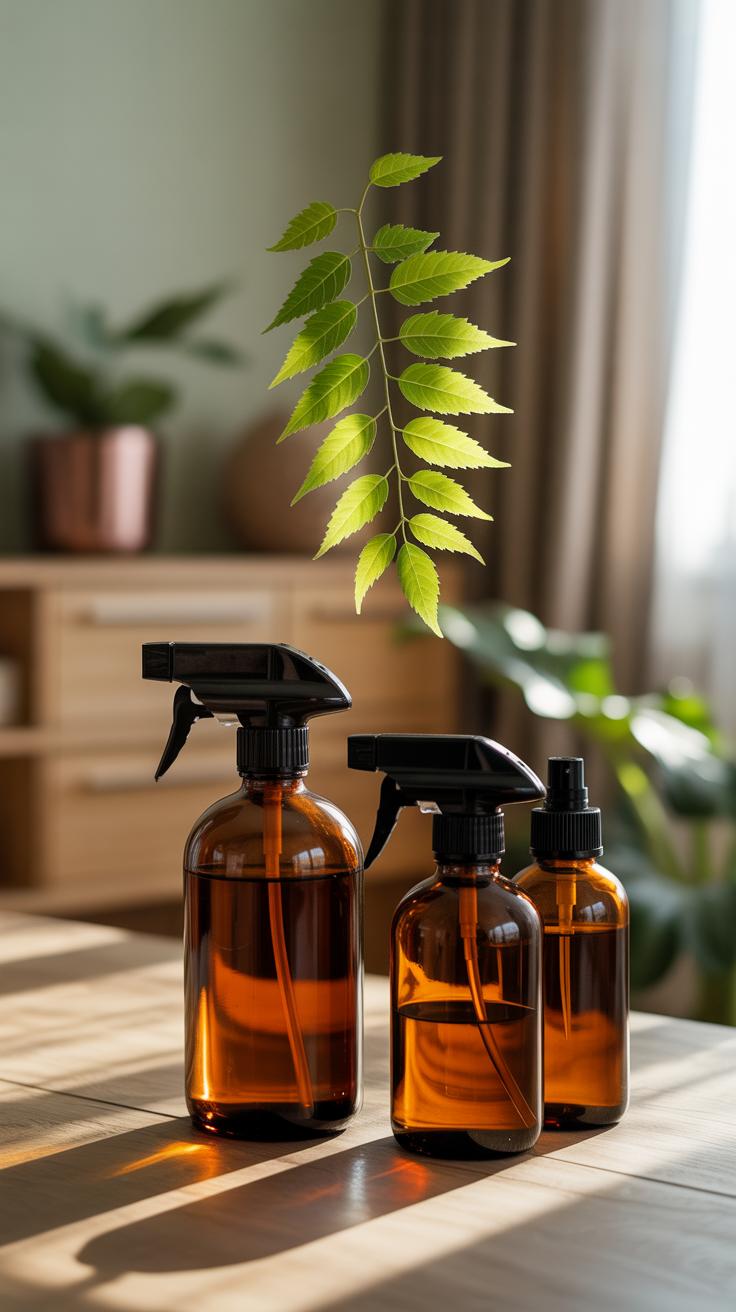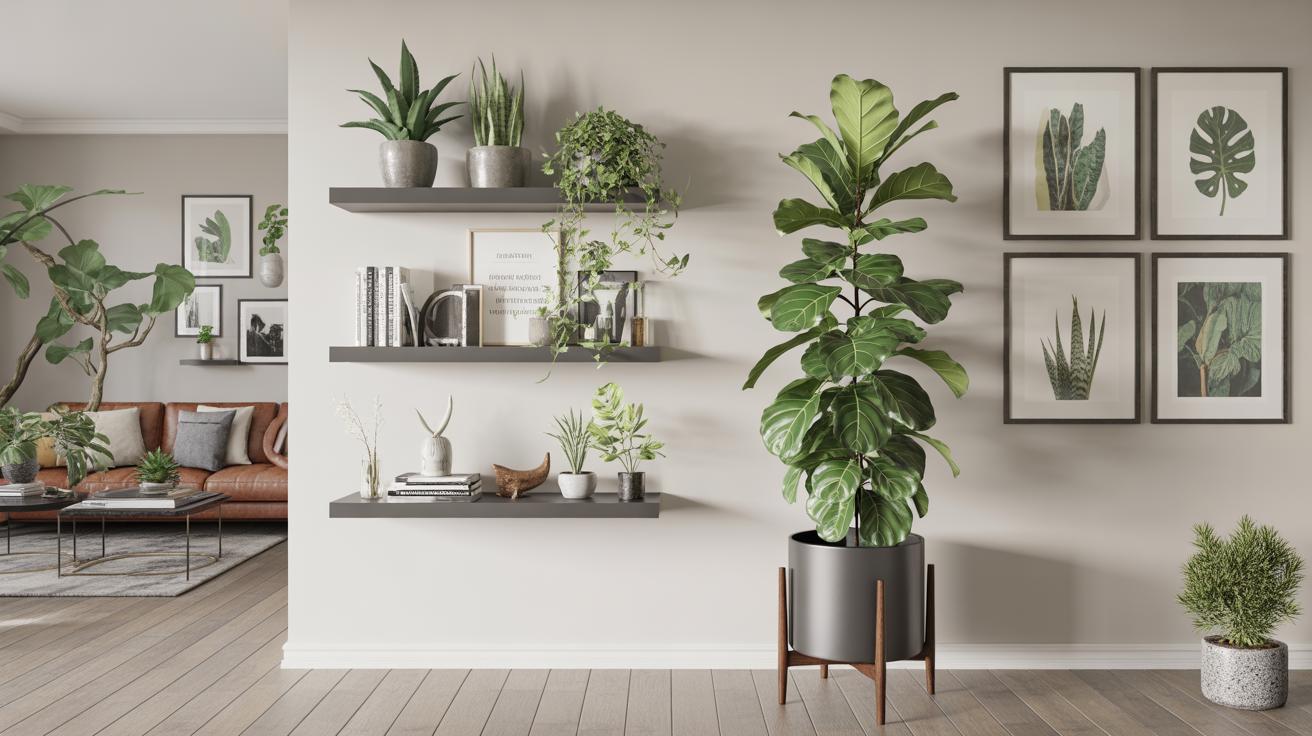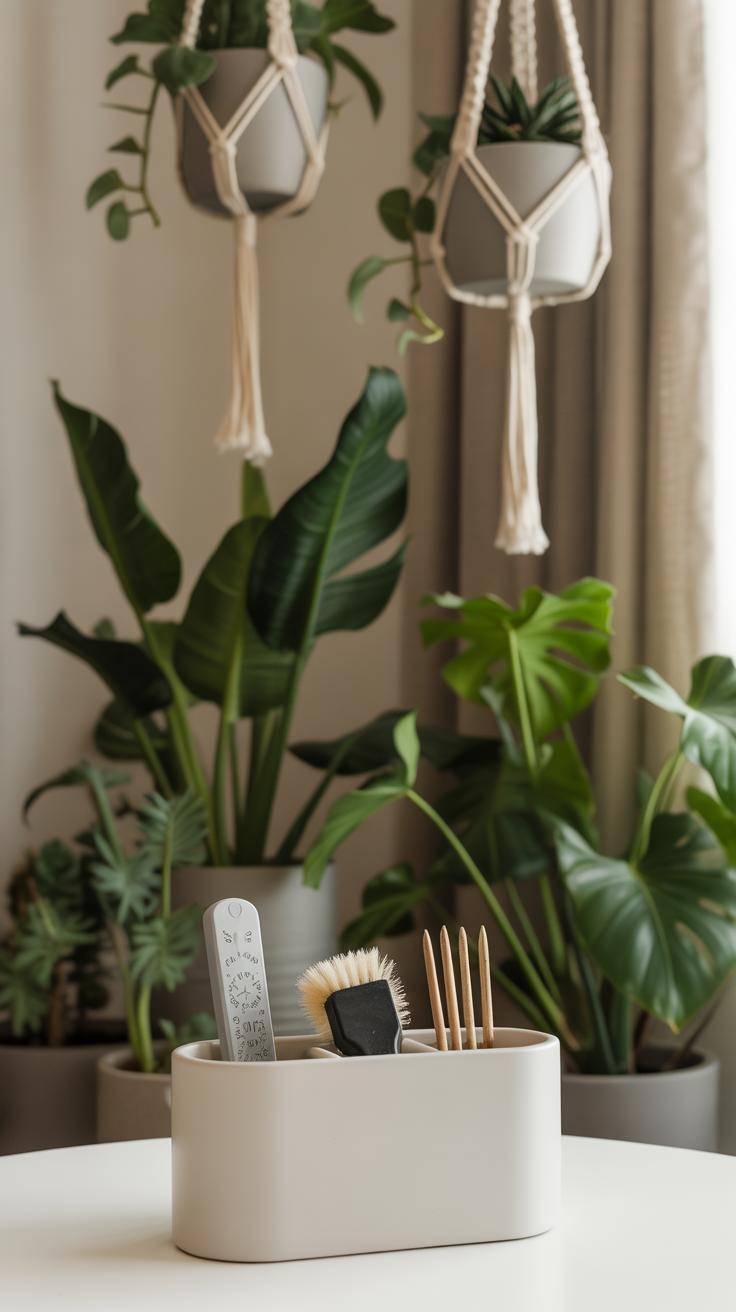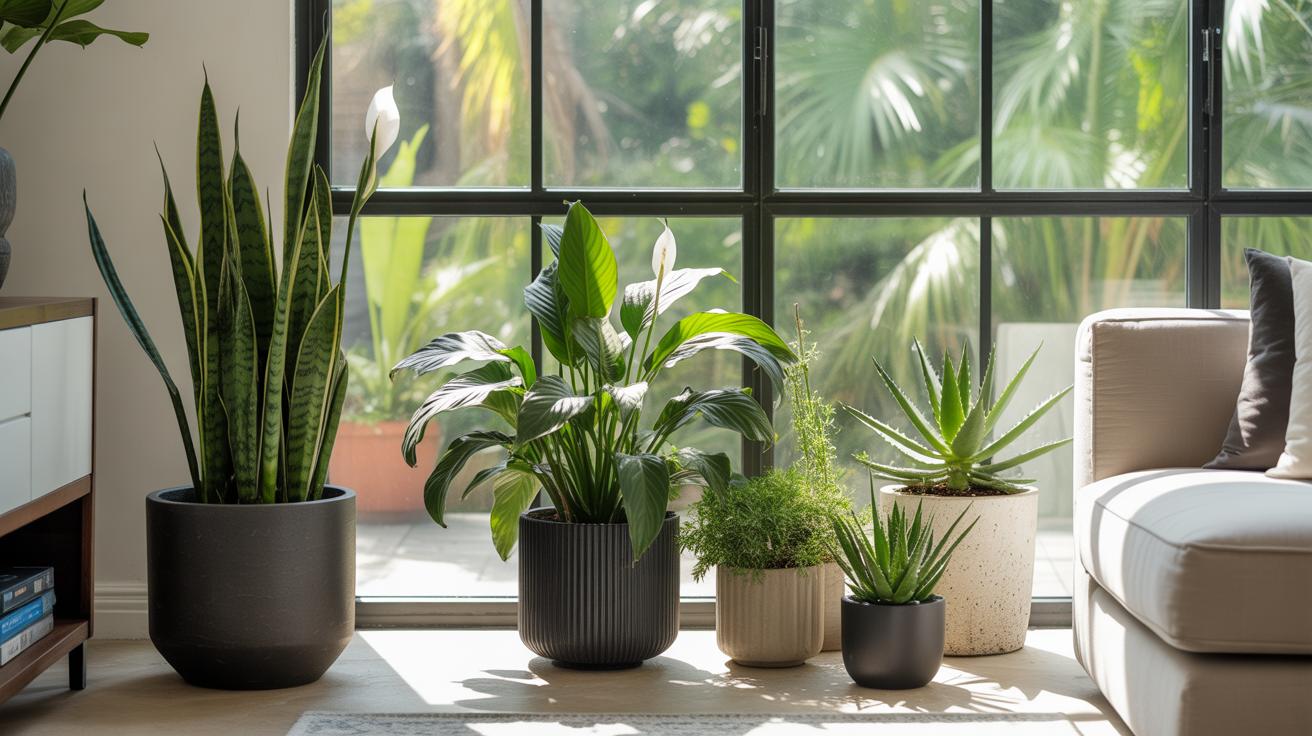Introduction
Indoor gardening is a great way to bring nature into your home. It allows you to grow beautiful plants and fresh herbs all year round. To make your indoor garden thrive, you need the right tools. These tools help you care for your plants and keep them healthy even when they are away from the natural environment.
This article explores essential tools for growing plants indoors successfully. You will learn what tools to use, how they benefit your plants, and tips on choosing and using them effectively. Whether you are new to indoor gardening or want to improve your skills, this guide will help you create a flourishing indoor garden.
Understanding Light Needs For Indoor Plants
Light is essential for indoor plants because it fuels photosynthesis—the process plants use to create energy. Without enough light, your plants might look leggy, weak, or simply stop growing. But it’s not just about quantity; the quality and type of light matter. Plants mainly need blue and red wavelengths, which support leaf growth and flowering. You might wonder if normal room lighting is enough, and in many cases, it’s not. That’s why understanding natural versus artificial light becomes crucial.
Natural light comes from the sun and varies greatly depending on where you live, the time of year, and your window’s direction. Southern-facing windows usually offer the most light, while north-facing often provides minimal direct sunlight. If natural light falls short for your plant type, you can rely on artificial lighting to fill the gap. Combining both options can work well—natural light by day and artificial bulbs when sunlight fades.
Types Of Light For Indoor Gardening
Not all bulbs are created equal when it comes to growing plants indoors. The most common lighting types you’ll encounter are fluorescent, LED, and incandescent.
- Fluorescent bulbs are quite popular because they’re affordable and generate less heat, making them safe and convenient. They emit a broad spectrum of light, though you might need specific “grow” tubes to cover the full range plants require.
- LED lights have become the favorite for many gardeners. They are energy-efficient, last a long time, and can be tailored to emit precise wavelengths in the red and blue spectrum, which plants absorb best. They don’t heat up much, so they’re great for a small indoor garden.
- Incandescent bulbs generally don’t work well for plants. They produce mostly yellow and red light and a lot of heat, which can harm plants or dry the soil quickly.
If I had to pick one lighting method, I’d lean towards LED. They seem to hit that balance between cost, effectiveness, and ease of use—though they’re not always the cheapest upfront, the energy saved makes up for it.
Using Natural Light Effectively
Maximizing natural light means knowing your space and your plants. Placing plants close to a window that receives several hours of direct or bright indirect light generally works well. East or west-facing windows can provide good morning or afternoon light respectively, while south-facing windows offer the strongest sunlight throughout the day.
But how long should your plants bask in the sun? Most indoor plants thrive with about 10 to 14 hours of light daily. In winter months or darker rooms, that schedule often isn’t met. Here’s where a small light setup can help—using a timer on grow lights can maintain consistent light exposure without much hassle.
Sometimes, you’ll find that plants placed near windows still stretch and lose their vigor. The light might look bright to us, but plants need more than just brightness; they need the right spectrum and intensity. Rotation helps, too—turning your plants regularly ensures all sides get light, avoiding uneven growth.
Choosing The Right Pots And Containers
Picking the right pots might seem straightforward at first, but it actually plays a big role in indoor plant health. The material, size, and drainage features aren’t just aesthetic choices—they affect how roots grow and how well the plant thrives overall.
Materials And Sizes For Pots
Plastic pots hold moisture longer, which can work well for plants liking consistent dampness, but sometimes it leads to overwatering trouble. Ceramic and terracotta pots breathe better, allowing excess moisture to evaporate, which helps prevent soggy soil. I once switched a struggling fern to a terracotta pot, and it perked up noticeably after a couple of weeks.
Size matters too. Too small, and roots get cramped, limiting growth; too large, and the soil stays wet too long, inviting root rot. As a general guide:
- Choose a pot just a little bigger than the root ball.
- If your plant is growing fast, you might want to repot yearly to avoid crowding.
But sometimes, you might want a bigger pot to slow growth down a bit—depends on your goals and space.
Drainage And Soil Considerations
Drainage holes aren’t optional. Water must escape; without holes, water pools at the bottom, drowning roots. If you’re stuck with a pot without drainage—say, a decorative one—make sure to double pot it or use careful watering strategies.
Different soils interact with pots differently too. A well-draining potting mix prevents water retention, especially crucial for heavy pots like ceramic. On the other hand, peat-heavy soils hold water longer, so matching soil to the pot’s drainage profile is smart.
It’s tempting to think a cute pot alone can make your plant happy, but its material, size, and drainage all need consideration to help your plants actually grow, not just sit there looking good.
Watering Tools And Techniques
Watering indoor plants sounds simple, but it’s easy to get it wrong. Choosing the right tools can make a noticeable difference in how well your plants thrive. A classic watering can is still one of the best choices. It lets you direct water precisely at the soil without soaking leaves, which some plants really dislike. Misters, on the other hand, supply just a fine spray, perfect for humidity-loving plants or delicate seedlings. I’ve noticed that switching between these tools depending on the plant type keeps things balanced.
Watering gently and evenly matters more than you might think. Pouring too fast can push soil away from roots or create uneven patches of wetness. Using a can with a narrow spout helps control flow. For misters, short bursts prevent over-wetting.
Moisture meters are handy gadgets that I sometimes forget to rely on but shouldn’t. They give a basic soil moisture reading by measuring electrical conductivity. When the meter reads “dry,” it’s time to water. But not always—you still want to check if the top inch feels dry yourself. Sometimes meters get confused by soil type or composition.
Signs of dry soil include light, crumbly texture and plants wilting or drooping leaves. Overwatering shows in soggy soil, mold spots, or yellowing leaves. One simple test is sticking your finger about an inch into the soil. If it feels dry at that depth, watering is needed; if moist, wait a day or two.
So, how do you really know when to water? It often takes a mix of tools, observation, and a bit of instinct. You might overthink at first, but with practice, your plant’s needs become clearer over time.
Fertilizers And Nutrients For Indoor Plants
Your indoor plants need nutrients to grow strong and stay healthy—nutrients they don’t always get just from potting soil. Fertilizers act like a supplement, giving plants essential elements like nitrogen, phosphorus, and potassium that support leaf growth, root development, and flowering. Without them, plants may look weak or stop growing altogether.
When choosing fertilizers, you’ll find a few main types suited for indoor use:
- Liquid fertilizers dissolve quickly and deliver nutrients immediately, making them easy to control. But you have to be careful not to overdo it.
- Slow-release fertilizers release nutrients gradually over weeks or months, which means fewer applications. Though sometimes, the slow pace can leave you guessing if your plants need more.
- Organic fertilizers such as compost teas or seaweed extracts, enrich soil naturally and improve long-term health, but they tend to act slower and vary in nutrient strength.
Applying fertilizer safely means you have to pay attention to timing and quantities. Feed most indoor plants during their active growth phase—usually spring through early fall. Overfeeding is easy and can cause “fertilizer burn,” where leaves yellow or brown at the edges. Start with weaker doses than recommended and watch how your plants react. If they perk up, great; if they look stressed, dial back. You might need a few tries, but plants will usually give you some clues.
Tools For Controlling Indoor Climate
Getting the air circulation, humidity, and temperature right is often more crucial than you might think. Plants don’t just need light and nutrients; they also react to their environment. Too little airflow can leave stagnant, moist conditions where mold or pests can easily take hold. Yet, too much breeze could stress delicate leaves, so balance matters.
Using Fans And Ventilation
Small fans help keep air moving around your plants, breaking up pockets of humidity and lowering the chance of fungal problems. I once placed a fan too close and found my leaves drying out faster than expected—so the placement is key. Position fans to circulate air gently without blasting plants directly. Sometimes, a ceiling or oscillating fan does the trick without stressing the greenery. Ventilation also helps remove heat or pollutants from the room, which plants appreciate even if you barely notice it.
Maintaining Proper Humidity Levels
Humidifiers work by adding moisture to the air where natural humidity falls short, especially in winter when heating dries out everything. You might find your tropical plants wilt or brown at edges without enough humidity around. Using a humidifier near your plants can make a noticeable difference—but watch it doesn’t keep the leaves wet, inviting fungus. Simple habits support steady humidity too, like grouping plants together or placing water trays nearby. These subtle tricks help keep your indoor garden cozy without extra gear.
Soil And Potting Mixes For Indoor Plants
Soil quality plays a surprisingly big role in how your indoor plants grow. Poor soil often leads to droopy leaves, slow growth, or even plant death. If you think soil’s just dirt, well, it’s a bit more complicated. The right soil provides air, water, nutrients, and support—basically everything a plant needs. Different plants, though, prefer different mixes.
For example:
- Succulents like a gritty, well-draining mix with sand or perlite to keep roots dry enough.
- Ferns prefer peat-based, moisture-retentive mixes loaded with organic matter.
- Orchids don’t even use traditional soil; they usually do better in bark or sphagnum moss to allow air flow.
Choosing or preparing the right potting mix means balancing moisture retention and drainage. A good indoor mix often includes peat moss for water retention, perlite or vermiculite for aeration, and compost for nutrients. You might find ready-made mixes labeled for “indoor plants” or “houseplants” at stores, but sometimes tweaking them with extra perlite or compost helps.
When you notice roots poking out of the drainage holes or water sitting on the surface too long, maybe it’s time to repot. Repotting can be tricky because plants get stressed easily. You want to gently loosen roots, pick a pot just one size bigger, and water after repotting—not before. It’s a bit of trial and error, honestly, but worth it to keep your plants happy.
Pest Control Tools And Tips
Identifying Common Indoor Plant Pests
Spider mites, aphids, and scale insects often show up uninvited on indoor plants. These pests can be tiny, but their impact isn’t. Spider mites weave delicate webs and leave fine speckles or yellowing on leaves. Aphids tend to cluster on new growth, sucking sap and leaving sticky residue. Scale insects look like small bumps stuck on stems or undersides of leaves. Spotting these signs early can make a big difference.
Sometimes it’s tricky to tell if your plant is stressed due to pests or another issue. For example, yellow leaves might mean underwatering or mites. Observing your plants frequently helps; a hand lens can even reveal pests you might otherwise miss.
Safe Methods To Control Pests
Using insecticidal soaps and natural repellents feels reassuring, especially since harsh chemicals aren’t ideal indoors. These soaps, gently sprayed, can smother soft-bodied pests like aphids without lingering toxicity. Neem oil is another favorite—although, be careful not to overapply; some plants get sensitive.
Preventive steps work surprisingly well. Regularly wiping leaves, maintaining good air circulation, and avoiding overwatering reduce the chances of infestations. Quarantining new plants is something I find particularly useful— it’s tempting to bring them straight to your collection, but giving them a few days apart helps stop invisible hitchhikers.
When applying any product, remember to test it on a small leaf first and follow instructions closely. Indoor spaces differ from outdoors, so ventilation and avoiding direct contact with skin is wise. Treating pests is not always straightforward—sometimes persistence pays off more than quick fixes.
Additional Tools To Enhance Indoor Plant Care
Using Supports And Pruning Tools
Sometimes plants need a little help standing tall. Plant stakes or supports come in handy when stems get leggy or top-heavy. For vines or climbing plants, supports guide their growth, keeping things neat and preventing breakage. I’ve found simple bamboo sticks work well, but plastic or wire supports can suit different plants. Knowing when to add support can be tricky; if a plant leans noticeably or bends under its own weight, it’s probably time.
Pruning tools also deserve a spot on your indoor gardening shelf. A sharp pair of pruning shears can make all the difference—clean cuts avoid damaging the plant and lower disease risk. It’s easy to get carried away, though. I once over-pruned a basil plant and ended up stunting its growth. The trick is to remove dead or overcrowded branches, encourage airflow, and shape plants gently without hurting them.
Organizing Your Indoor Garden
Tracking plant care can get confusing when you have multiple species. That’s where plant labels come into play. Labeling helps keep watering schedules, fertilizing, and pruning notes in check. You might be surprised how often I’ve confused one fern for another—labels clear that up fast.
Keeping tools and supplies organized makes caring for your plants less of a chore. Simple containers or trays for shears, gloves, and stakes keep things within reach and reduce clutter. Also, grouping similar plants or setting up dedicated spots for seasonal tasks helps you stay on top of everything. Ever misplaced a crucial tool mid-care? I have—and it slows you down more than you’d think.
Conclusions
Having the right tools makes indoor gardening easier and more enjoyable. Tools like proper lighting, watering systems, pots with drainage, and fertilizers support your plants’ growth. Using quality tools helps you create suitable conditions for your plants even inside your home.
By understanding and using these tools, you give your plants the care they need to thrive. Indoor gardening can then become a rewarding hobby, providing beauty and fresh air in your living space. Start with these essential tools and watch your indoor garden grow strong and healthy.

